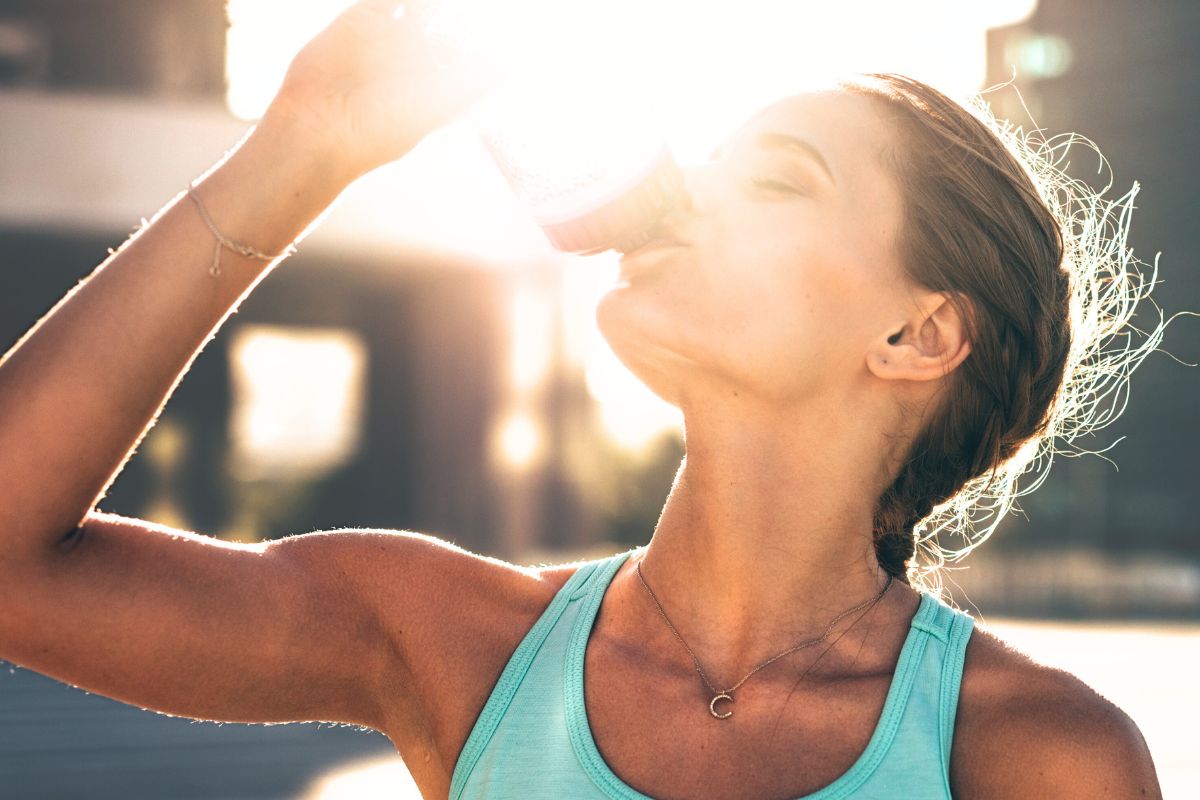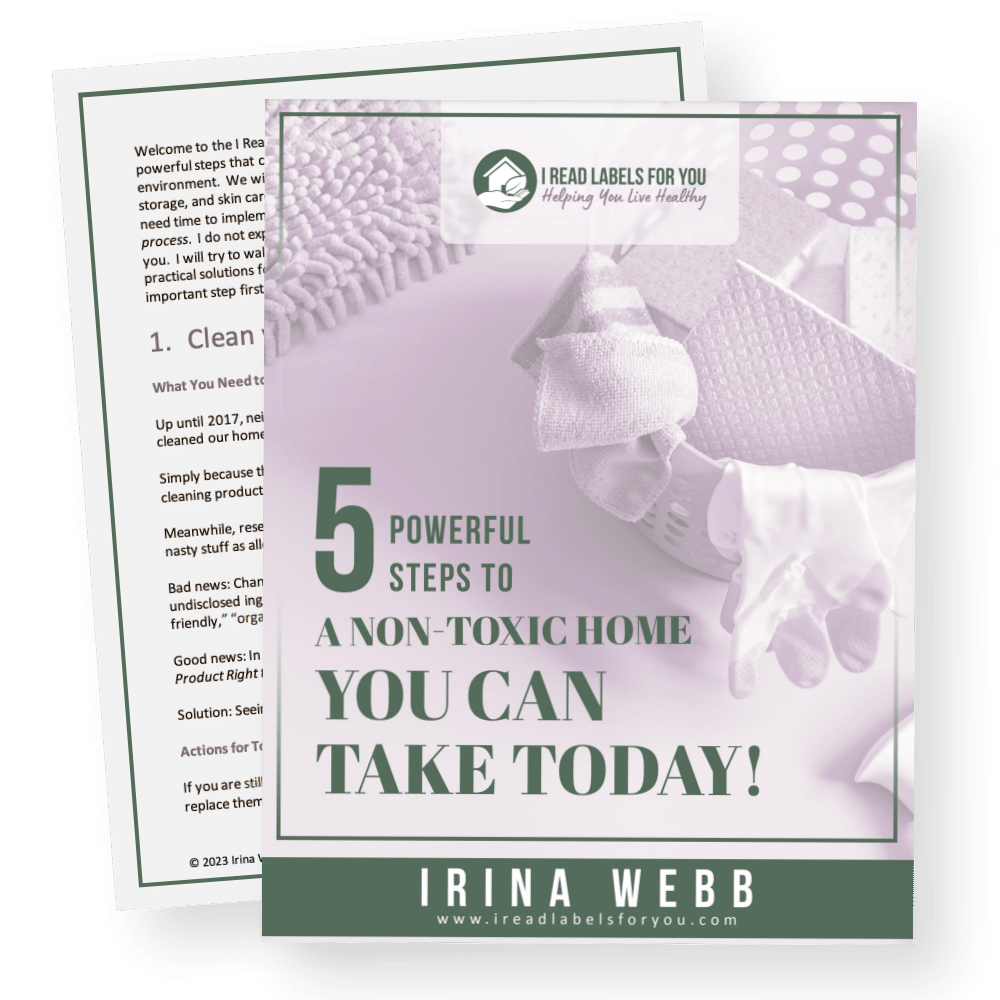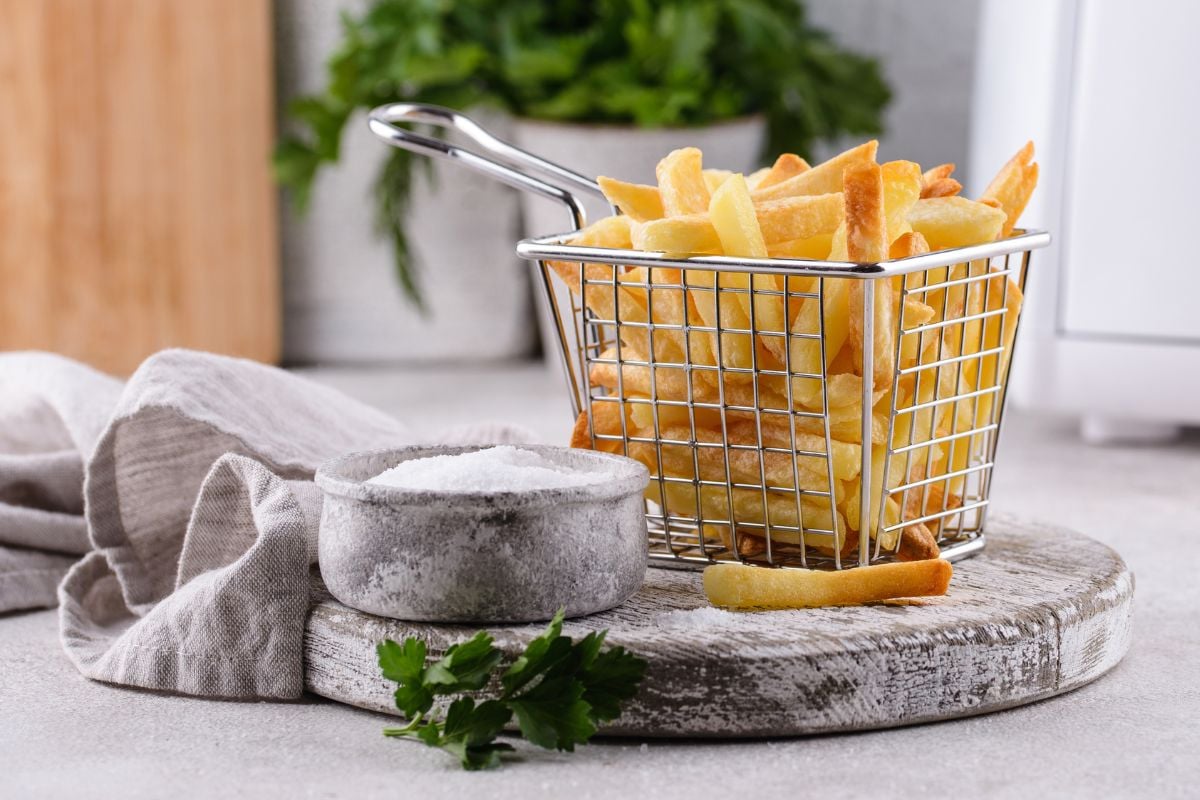Bindle Bottle: What Happened To It?

There are only a handful of items that I bring with me everywhere, and a reusable water bottle is one of them! Water is, after all, the elixir of life; moreover, staying hydrated is crucial for our overall well-being. In my opinion, the convenience of having clean cold water at my side beats buying a disposable option every time. Additionally, this choice positively impacts my health, my wallet, and the planet! Consequently, this simple decision allows me to skip germ-laden water fountains, microplastics, and a series of other contaminants, for the filtered water I trust from home.
Furthermore, with concerns about the quality of tap water and environmental consciousness on the rise, investing in reusable water bottles has become the norm. However, here’s the catch; not all of them are as safe and practical as they seem. On the contrary, my favorite reusable water bottles are made from safe materials that do not leach harmful contaminants into my favorite beverages, even if I am gone for hours. As I discuss in my blog post Best And Safest Water Bottles, not all bottles are created equally. In fact, many have the potential to be quite harmful.
In particular, I reference the Bindle Bottle – a name that once offered convenience and innovation. It promised sustainability and style and even made top gift guide lists like Oprah’s favorites. Despite its initial appeal, beneath its sleek exterior, the Bindle Bottle was found to be incredibly unsafe. And that led to a widespread recall and eventual shutdown of the entire brand.
Read on to learn the story of how the danger of the Bindle Bottle was discovered, how the flawed design was allowed to happen, and what you can learn from the Bindle Bottle bust as a conscious consumer.
What Was The Bindle Bottle?
First, the Bindle Bottle was a double-walled vacuum-insulated stainless steel reusable water bottle that offered a unique storage compartment at the bottom of the bottle. Specifically, this design made the bottom storage portion of an insulated water bottle accessible. And can store small items like credit cards or snacks. For instance, images on social media marketing showed active lifestyle models using the bottles to “stay hydrated and organized” while storing everything from keys, and cookies in the bottom, eliminating the need for carrying several containers on the go. Not only that, Bindle Bottle encouraged sales with the commitment to remove one pound of plastic from the ocean for every purchase. Consequently, the Bindle Bottle appeared to be a smart, convenient, and eco-friendly product.
As a result, the Bindle bottle quickly gained popularity. And following a successful Kickstarter campaign in 2017, the company landed a deal with Francesca’s, a retailer with over 800 stores. Following this, in 2018, Bindle Bottle was featured in Oprah’s Favorite Things List 2018. Which launched the demand for their bottles to a whole new level, and beyond the United States (source).
But not for long.
Interestingly, in a 2019 interview with the Bindle Bottle founder, Houston Max Buehrle, he described that the hardest part of his company’s journey was creating a prototype and a manufacturer for their specific bottle design. For example, Buehrle said he was told “this is impossible” many times. Or that their design was “too complex” before he found a way to produce his vision. But, as time would tell, apparently the designers who rejected the Bindle Bottle project had good reason to consider it complex. Read on to find out why all other vacuum-insulated water bottles were designed with a permanent covering on the bottom rather than an accessible compartment. And why the latter posed such an incredible health risk.

What Made Bindle Bottle Unsafe?
Notably, the Bindle Bottle posed two major health risks. Firstly, the bottle exposed users to extremely high levels of lead, a dangerous neurotoxin, due to an exposed “sealing dot” containing up to 10 percent lead on the bottom of the water bottle, inside the dry storage compartment. Additionally, despite claims of being BPA-free, some Bindle Bottles were found to contain bisphenol A (BPA). Which is linked to fertility problems and cancers (source). You can read more about BPAs in my blog post Are Plastic Water Bottles Safe?
Independent tests revealed levels of lead far above legal limits, posing significant health risks to adults and children.
What Health Risks Are Associated With Lead Exposure?
Lead exposure poses significant health risks, especially to children, pregnant women, and developing fetuses. Young children absorb 4–5 times as much ingested lead as adults, making them extra vulnerable (source). Here are just some of the many health risks associated with lead exposure:
- neurological damage
- developmental delays
- kidney damage
- reproductive issues.
Neurological Damage
First, lead is a potent neurotoxin that can impair the development and functioning of the nervous system. Even low levels of lead exposure can cause neurological damage (source).
Developmental Delays
Second, lead exposure in children can cause developmental delays, impacting their ability to learn, speak, and communicate effectively. It can hinder physical growth and lead to issues with hearing (source).
Kidney Damage
Third, lead can cause kidney damage, particularly in adults. Chronic exposure to lead can lead to kidney dysfunction. Which may eventually result in an increase in the risk of chronic kidney disease (source).
Reproductive Issues
Next, lead exposure can affect reproductive health in both men and women. In women, it can cause fertility problems and complications during pregnancy, including a higher risk of miscarriage or stillbirth (source). In men, it can undermine male reproductive health (source).
Furthermore, it’s important to note that there is no safe level of lead exposure, especially for children (source). Often, in children with mild exposures, there are no obvious immediate symptoms. If you are concerned that your child may have been exposed to lead, talk to your healthcare provider to get a lead blood test as soon as possible. As a result, prevention, such as avoiding lead-based products of any level, is key to minimizing the risks associated with lead exposure (source).

What Led To The Bindle Bottle Recall?
The first voice of concern about the Bindle Bottle design came from a Child Health Advocate Environmental Activist, and Filmmaker, Tamara Rubin, who runs a small business promoting consumer goods safety. As well as the blog called “Lead Safe Mama.” In January 2023, Tamara Rubin received a Bindle Bottle from a follower for lead testing that confirmed the bottle contained exposed lead. More specifically, the lead sealing dot that is normally shielded by a bottom cap or covering in a standard insulated water bottle, was completely exposed in the compartment on the bottom of the Bindle Bottle. Consequently, items, including food, placed in the storage compartment would be exposed to extremely toxic lead.
Shortly after, Tamara Rubin published warnings, filed a Consumer Product Violation Report, notified Consumer Reports, and reached out to the founder, Houston Buehrle, to alert him of the danger. There are reports that Bindle Bottle did not take immediate corrective action as outlined by Tamara.
In response to Lead Safe Mama’s initial findings, Consumer Reports conducted their review of the Bindle Bottle. Which confirmed Tamara Rubin’s findings (source). Both Consumer Reports and Lead Safe Mama strongly advised consumers to discontinue using Bindle Bottles. And encouraged the FDA to open an investigation. Ultimately, the FDA found exposed lead in the Bindle Bottle (source). In February of 2023, Bindle Bottle announced that in cooperation with the FDA, it would be issuing a complete voluntary recall of all its bottles (source). Bindle Bottle initially offered refunds or repair kits to current customers. But at the time of writing, the Bindle Bottle website is no longer available. And it is unclear if these actions were taken.
Why Was An Unsafe Product Allowed To Be Sold?
Understandably, you may be wondering how an unsafe product like the Bindle Bottle was ever allowed to be sold. In my review, there are three main regulatory bodies that have relevance to lead in consumer products.
Regulatory Agencies For Lead In Consumer Products
- Food and Drug Administration (FDA) regulates food, foodware, drugs, and cosmetics.
- Consumer Product Safety Commission (CPSC) addresses lead in products specifically intended for use by children.
- Environmental Protection Agency (EPA) regulates lead in residential paint for use by consumers, among other environmental aspects, like soil and water.
Notably, since the Bindle Bottle was not a product specifically intended for use by children and was unrelated to household paint, neither of the latter two regulatory agencies were directly involved in the safety recall of the Bindle Bottle.
According to the Federal Food, Drug, and Cosmetic Act, the onus of providing foodware that is free of leachable or migratable lead falls onto the company intending to sell the product(s) in the USA. Moreover, Congress has not authorized the FDA to require pre-market testing on all products before they reach store shelves. So in most cases, we rely on the companies to do their due diligence and operate honestly (source). However, when a safety issue arises, like in the case of the Bindle Bottle, the FDA has legal regulatory authority to intervene (source).
Furthermore, the FDA clearly states that “Neither lead nor lead-containing materials (e.g., metals, solder) are permitted under FDA regulations for use in contact with food” (source). Manufacturers are instructed to contact their suppliers to ensure that the materials being used have the necessary certificates of analysis to prove they meet the FDA’s regulations (source).
So, in short:
It would appear to me that Bindle Bottle had not done their homework to ensure that their products met the FDA’s regulations before they launched. Thankfully, when the FDA did learn of the Bindle Bottle violation, they took swift action. Do you feel that this is a sufficient level of protection for consumer goods like drinkware? Read on to learn more about finding the safest reusable water bottles and other foodware products.

How To Find Safe Products
Due to a series of very serious health concerns, I have been on a journey for many years to remove potential toxins from all aspects of my life. Furthermore, my desire to share what I have learned was why I became a Consumer Safety Advocate and Manufacturer Advisor and started I Read Labels For You!
How Do I Determine Whether A Company Is Trustworthy?
Importantly, when I am evaluating the safety of a product, I look beyond just the ingredient label and product description. The brands that I promote come from companies that illustrate to me their resolve to be transparent and unwavering in safety commitment on all levels.
My 5 Step Product Research Approach
- Surveying the product industry
- Studying the manufacturing processes
- Researching ingredients
- Contacting manufacturers to ask questions
- Testing products
In addition to these careful steps, I have noticed that companies who stand the test of time, and consistently pass third-party testing also exhibit several other indicators that I look for.
Trustworthiness Indicators
- Training and Education. I’ve emailed and called hundreds of companies. And in my experience, well-trained, knowledgeable, and genuine customer service staff are an indicator of a trustworthy company.
- Specific and clear marketing messages on websites and social media illustrating the value placed on offering safe products.
- Verifiable Claims. Product safety statements should be backed upwith certifications, reports, or other supporting documents, rather than simply implied.
- Proper disclosure of ingredients (INCI names), without vague or undisclosed generalizations that can hide undesirable chemicals or contaminants.
- Treatment of Others. In my experience, the companies who fare well in independent testing also value the people around them. Companies who do not respond thoroughly to customers, or mistreat affiliates or staff are a red flag.
- Founders’ Expertise. Some of the best brands I have encountered were created by industry experts. Such as engineers, product formulators, and medical professionals who had a robust knowledge of what they were creating from the beginning. These individuals also know the right questions to ask suppliers!

Finding Safe Products is Personal
Next, my dedication to eliminating harmful substances from my living space has become a personal mission. And one that I am fervently sharing with others through my blog. My focus often falls in the heart of the home – the kitchen, where drinkware, cookware, and bakeware play a vital role. Particularly, if you are in search of a Bindle Bottle replacement, my Best And Safest Water Bottles blog post provides you with a complete guide on finding the right one for you. My favorite lead-free (and plastic-free) water bottle is this one by Klean Kanteen, made from 18/8 grade stainless steel. In addition, you can learn more about lead in drinkware in my Lead Free Glassware Brands blog post.
Through extensive research and countless trials, I have gathered a wealth of knowledge that I am eager to impart to my readers. I believe it is clear that each blog post I create serves as a testament to my unwavering commitment to finding safe, eco-friendly alternatives for everyday items. My goal is simple: to empower others with the information they need to make informed decisions about the products they bring into their homes. Furthermore, if you are looking to get started or continue your efforts to create a non-toxic home, start here and visit the shop section of my website.
Conclusion About The Bindle Bottle
The Best Products Come From Companies Founded By Dedicated Experts Who Prioritize Safety And Transparency On All Levels.
In summary, the Bindle Bottle was an unfortunate example of the potential risks we face in consumer products so readily available to us. Notably, having access to safety-focused websites, like I Read Labels For You, helps when navigating marketplaces filled with enticing advertisements and crafty marketing tactics. In a landscape where profit margins sometimes take precedence over consumer welfare, the research I conduct is meant to ensure that the products you bring into your life meet the most stringent safety standards.
As always, I share my resources and seek to leave you feeling empowered to ask your own questions and share what you learn with those you love. It is my firm belief that as we demand safer products, companies and lawmakers will begin to listen and respond accordingly. In the meantime, you can rest assured you are making your home a cleaner, safer place to live for everyone in your family.

Download The Free Guide!
5 Powerful Steps To A Non-Toxic Home
Join our informed consumer community and get our free guide the “5 Powerful Steps To A Non-Toxic Home”.

 Written by
Written by 





As soon as I heard that there was a recall of the Bindle Bottles, I registered to get the correction kit. It has been a year & I have heard nothing. I have 3 of the large ones.
Can you help me with this?
Hi Diane!
Thank you for reaching out!
However, we do not have any authority in this regard.
We wish you well!